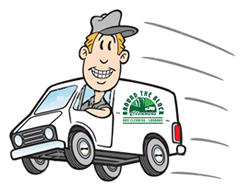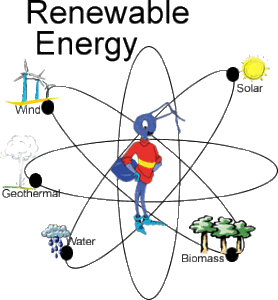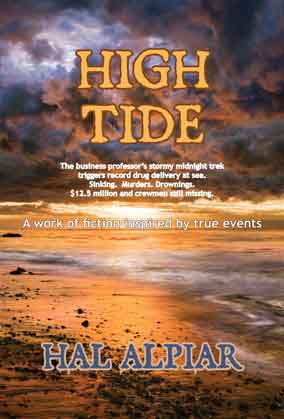DAY 21 – 30 Days To The New Economy
Your Role In History As An Entrepreneur
I M A G I N E
I N V E N T O R Y & D E L I V E R Y
Adapted from the book 30 DAYS TO THE NEW ECONOMY written and published by Peggy Salvatore
 In tandem with global manufacturing, let’s take a closer look at how to store and move physical products in the New Economy.
In tandem with global manufacturing, let’s take a closer look at how to store and move physical products in the New Economy.
If you live where grasses are plentiful, you live in a grass hut. People have always adapted to local resources. In the New Economy, efficient and successful communities will rely on this same strategy but with a difference.
As was pointed out yesterday (while we imagined manufacturing), many products will be able to be assembled closer to their markets because 3D printing of finished products and parts will make that possible. Also, robotic manufacturing makes it possible to locate production facilities in places without consideration of the availability of many prepared workers. Obviously, local manufacturing reduces the need to move finished products closer to the customers.
Local sourcing raw materials
Our knowledge grows about our environment every day, and we find more uses for things around us.
Materials, for example, can be manufactured using chemical and biological processes. During the period of 20th Century industrialization, synthetic materials were developed and –suddenly– clothing manufacturers didn’t necessarily need wool or cotton to make clothing, though “real” materials were usually considered luxurious. The same is happening in the 21st Century with biological substances such as food and medicines (moving from chemically-based to biologically-based).
Knowledge in the new frontier will find ways to transform available local resources into necessary materials which should reduce the demand to transport and store raw materials.
The more we learn about chemistry and biology, the more possibilities we have to use the basic structures that compose
a pineapple, for example, into materials to manufacture other products needed locally.
About energy and transportation
When requirements to transport people and materials are reduced, this necessarily results in less requisite shipping vessels and fuel. In this scenario, energy needs to be produced and consumed locally to support local raw material development and product manufacture. This lends itself to less portable and more available sources of fuel – sources like solar and wind.
Internet Joe is thinking about the future, and the future doesn’t resemble the present. That translates to mean there are a lot of limiting factors in the present, such as finite (non-renewable, transportable) fuel, that are NOT part of fueling the New Economy. What limiting factors will impact, or are impacting, your business pursuits?
# # #
What are you making the most of to move your business forward?
C’mon back TOMORROW for Day 22 —
GOT LEARNING?. . .
# # #
SPECIAL A N N O U N C E M E N T
Sign up NOW for NOVEMBER 29th (Sunday Night after Thanksgiving)
LIMITED SEATING COACHING WEBINAR:
“ENTREPRENEURS ARE AGENTS OF CHANGE… Accelerating Your Business”
Get fresh, informed, proven insights geared specifically to your business market, your biggest problems, your biggest opportunities.
With Hal and Peggy’s wealth of business coaching experience, you’ll learn how YOU match up with what successful entrepreneurs are thinking and doing RIGHT NOW. Get ideas you never imagined. Gain the traction you need within 2 hours — not days or weeks or months. Simply call 931.854.0474 Central Time: 11AM to 4PM Monday-Friday for details, to explain your business pursuit focus and to reserve your seat! $99 total for 2 hours. Satisfaction Guaranteed.
———-
For more information on Peggy Salvatore’s book: 30 Days to the New Economy [© Peggy Salvatore 2015. All Rights Reserved.] click on ENTREPRENEUR NEWS or visit ow.ly/RysnP for the E-book
# # #
Hal@Businessworks.US Peggy@Businessworks.US
Open Minds Open Doors
Thanks for your visit and make today a GREAT day for someone!
Click Here to Comment On This Post





